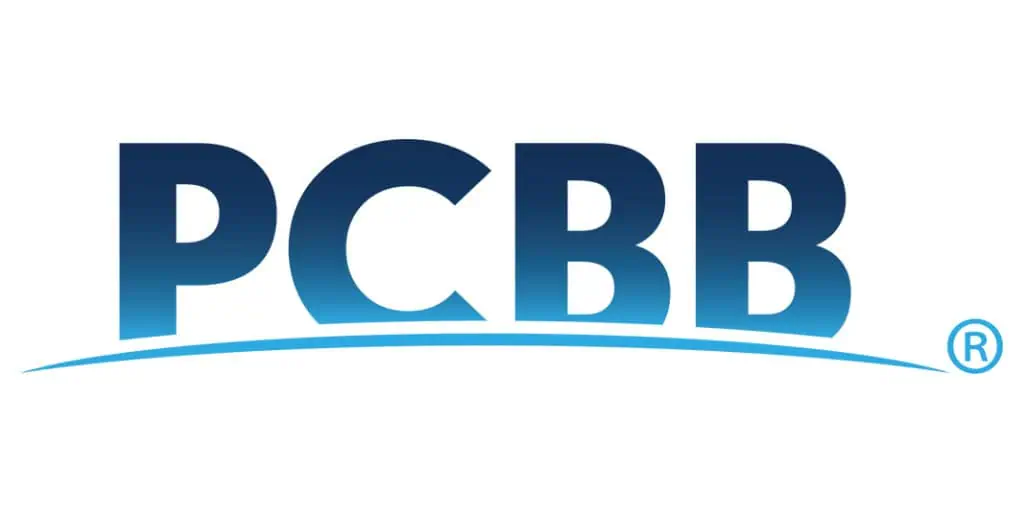Chad Hunter is the SVP of Hedging Solutions at PCBB. He helps clients strategize, structure and execute hedging solutions to mitigate interest-rate risk. He has over 25 years of interest-rate derivative and capital markets experience.

Why Loan Hedging Makes Sense in a Falling Rate Environment
Softening labor market conditions and continued progress on inflation suggest that the Fed will begin easing monetary policy. Hedging strategies could benefit your bank in this changing market.
Brought to you by PCBB

Current economic data, while softening, indicates a resilient economy. The three-month annualized core personal consumption expenditure (core PCE) — the Federal Reserve’s preferred inflation measure — fell to 2.9% in June after three months at 3.6% or higher. The GDPNow model by the Federal Reserve Bank of Atlanta projects third-quarter economic growth of 2%.
Though unemployment has risen above 4% for the first time in over a year, it remains below the 30-year average of 5.6%. July’s lower-than-expected employment report spooked the market, pushing long-term rates down and expectations for the number of rate cuts up. The market is pricing 100 basis points of easing before year-end, which could create opportunities for borrowers looking to lock rates with swaps.
Helping Borrowers Make Sound Financial Decisions
Borrowers should focus on longer-term rates and projections when considering financing needs. However, many are focused on rate cuts or opting for shorter terms, hoping to refinance at lower rates over time. That said, longer-term rates have dropped by about 125 basis points since their October 2023 highs.
While Fed Funds and other short-term rates are expected to drop, forward swap curves for the end of 2024, 2026 and 2029 show that expected five- and 10-year rates will remain stable. This suggests that swaps might be a better financing option for borrowers considering a shorter loan now with hopes for a lower rate in the future, which could lead to disappointment.
Example Scenarios
Here are scenarios that could help banks understand how to support customers’ borrowing decisions.
- Long-term swap versus re-pricing term loan: Let’s compare two options based on a $3 million loan with a 10-year holding period and 25-year amortization.
- The first option is a 10-year floating-rate note based on Secured Overnight Financing Rate (SOFR) + 2.50% swapped to 5.98%.
- The second option is a traditional 10-year fixed-rate bank loan that reprices in five years.
Assuming a 6.75% initial rate for a fixed-rate loan that resets in five years at five-year Constant Maturity Treasury (CMT) + 2.50%. When the loan reprices, the five-year CMT rate would need to be 2.71% for the borrower to be indifferent between the options. The current five-year forward, five-year rate projection is 3.99%, so the borrower should evaluate the likelihood of rates dropping unexpectedly by more than 1.25% when making financing decisions. If they conclude that it is unlikely that the five-year Treasury yield will be below 2.71% when the loan reprices, then a 10-year swap would be a better option.
- Swapped loans with embedded floors: Consider two structures for a $2 million loan with a five-year holding period and a 30-year amortization — one with a 2% floor and the other without a floor. The fixed rate on the loan with the floor is about 40 basis points higher than that of the loan without the floor. While loans with embedded floors, or a specified minimum rate, sound attractive to lenders in a falling rate environment, they can be expensive and often make the all-in fixed rates uncompetitive. If borrowers are willing to pay a higher fixed rate, banks should consider whether they would be better off with the floor or increasing the credit spread and/or fee income. The floating index needs to average 1.63% for the financial institution to be better off with the embedded floor versus a 40 basis point wider loan margin.
- Hedging reset risk: Reset risk arises from fixed-rate, on-balance-sheet loans with periodic repricing events, exposing borrowers to higher rates. One solution to mitigate this risk, provide rate certainty to borrowers and generate non-interest fee income for lenders is to pair a change-in-terms agreement with a forward-starting swap. The loan’s current rate remains the same until the reset date when the loan converts to a floating-rate note. A forward-starting swap converts the new floating-rate portion of the loan to fixed. This helps borrowers eliminate their reset risk immediately, while giving them time to prepare for the new payment amount, which the borrower knows when they agree to the forward-swap rate. Negative-forward premiums from the market’s rate cut optimism make this attractive. The forward-swap rate includes projected rate cuts. Lenders benefit by managing credit risk and creating non-interest fee income opportunities.
Banks should understand that customers, and sometimes their lenders, are not always derivative-savvy, making them hesitant to consider derivative solutions. Look for a provider that can help train and educate your team and provide ways to educate your borrowers without competing for their business.


